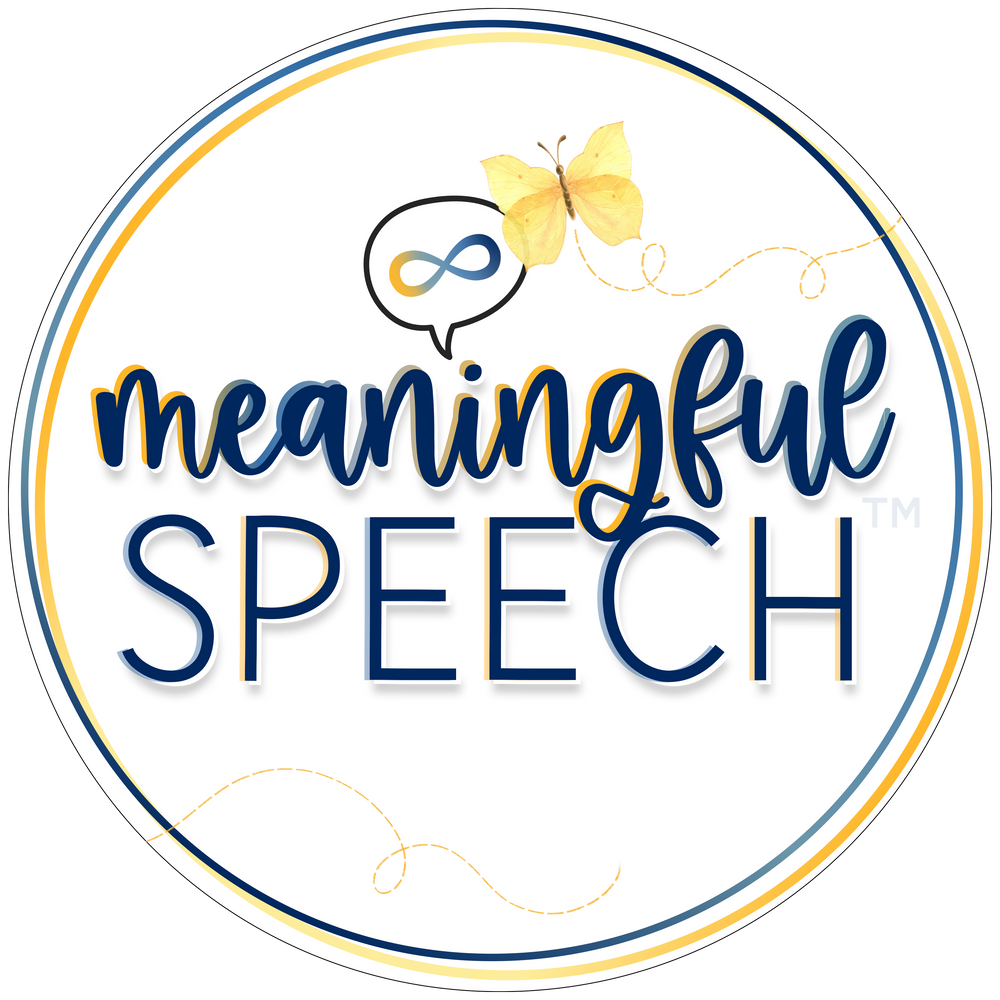Potty Training and Gestalt Language Processing
Jun 07, 2023
We hear from many parents/caregivers that are wondering how they can best support their gestalt language processor(s) when potty training. We’ve compiled a list of helpful tips and things you may want to consider.
Consider Interoception
It's important to consider interoceptive awareness when it comes to potty training. Many gestalt language processors are neurodivergent. Most neurodivergent individuals have sensory processing differences. Interoception is the sense that tells us what is happening inside our bodies, and how to respond to those signals in order to maintain a homeostatic level (OTFC Group, 2021). It is one of eight sensory systems our bodies have. If possible, consult with an occupational therapist well-versed in sensory processing.
Model Naturally
Gestalt language processors in stage 1 need more gestalts. We want to model gestalts for potty training naturally throughout the day. Instead of only modeling when the child needs to use the bathroom, model when you go to the bathroom too! Use any natural opportunity to model the gestalts you’re modeling for the child.
Stage 1 examples: “I need to go potty!”, “let’s potty”, “Time to wash hands”, “We need to flush”.
Stage 2 examples (based on ones above): “I need it now”, “I need help”, “lets flush”, “time to potty”, “We need to wash hands”.
Hang up reminders
Hang up reminders of gestalts you’re modeling in the bathroom so that language models are consistent across caregivers. You can write them out and tape them somewhere convenient so that everyone that is supporting the child will see them.

Add gestalts to AAC
If the child uses an AAC device, add the gestalts you're modeling on their device too. Since AAC devices are not designed with gestalt language processors in mind, we need to get creative with set-up and implementation. We don’t want to change the organization of the system. We want the system to grow with the child. Once the child gets to the later stages of gestalt language development they will need single words, core words, and supports for grammar. Don’t erase any of that. Instead, we recommend adding in gestalts to the system. Gestalt language processors in Stages 1 & 2 need more gestalts. Add these into the system where they make sense based on the AAC organization (group folders, topics, social page, etc.).

Incorporate Interests
Find books, songs, episodes, etc. that incorporate the child's interests and involve potty training. Gestalt language processors have great episodic memories and are often very musical. Many of their scripts may come from media. They are often drawn to the intonation and emotion of these media models rather than spoken models and may even act out the scene/story from memory.
For example: If the child is interested in Daniel Tiger, watch the Daniel Tiger episode titled “Daniel Goes Potty” with the child. It shows and mentions the steps of going to the potty for the child. You might sing the song from the episode while potty training.
Important Reminders
- Children may not always have access to spoken language due to a variety of factors (sensory overload, fatigue, sickness, etc).
- Models do not have to only be spoken. If the child uses AAC, consider adding the gestalts you're modeling for potty training to their device, core board, etc. If they don't currently use AAC but you feel they may benefit from it - go for it!
- Always honor the child's chosen method of communicating. If you understand them the first time they tell you they need to go to the bathroom, honor it, don't wait. You can model language and the mode you want to teach while also honoring their chosen mode of communication.
Want to learn more in-depth information about how to support gestalt language processors?
- There are many free podcasts, webinars and articles to get you started. A comprehensive list of resources can also be found on our website and Communication Development Center's website.
- Consider taking the Meaningful Speech course to learn more about how your child or client processes language, how you can help support them from echolalia to self-generated (original flexible) language, child-led therapy, and neurodiversity-affirming practices.
- Consider taking our AAC + Gestalt Language Processing course . It will teach you how to identify, evaluate and support gestalt language processors who use AAC or who you think might benefit from AAC.
- Look for a speech-language pathologist (SLP) who "gets it" and can help you in supporting your child's language development. Check out our registry. for SLPs who understand gestalt language processing and child-led therapy.
- Are you a school-based or private practice clinician looking for intake forms for new clients/students or creative visual reminder posters for your space? Check out the Meaningful Speech Marketplace.
